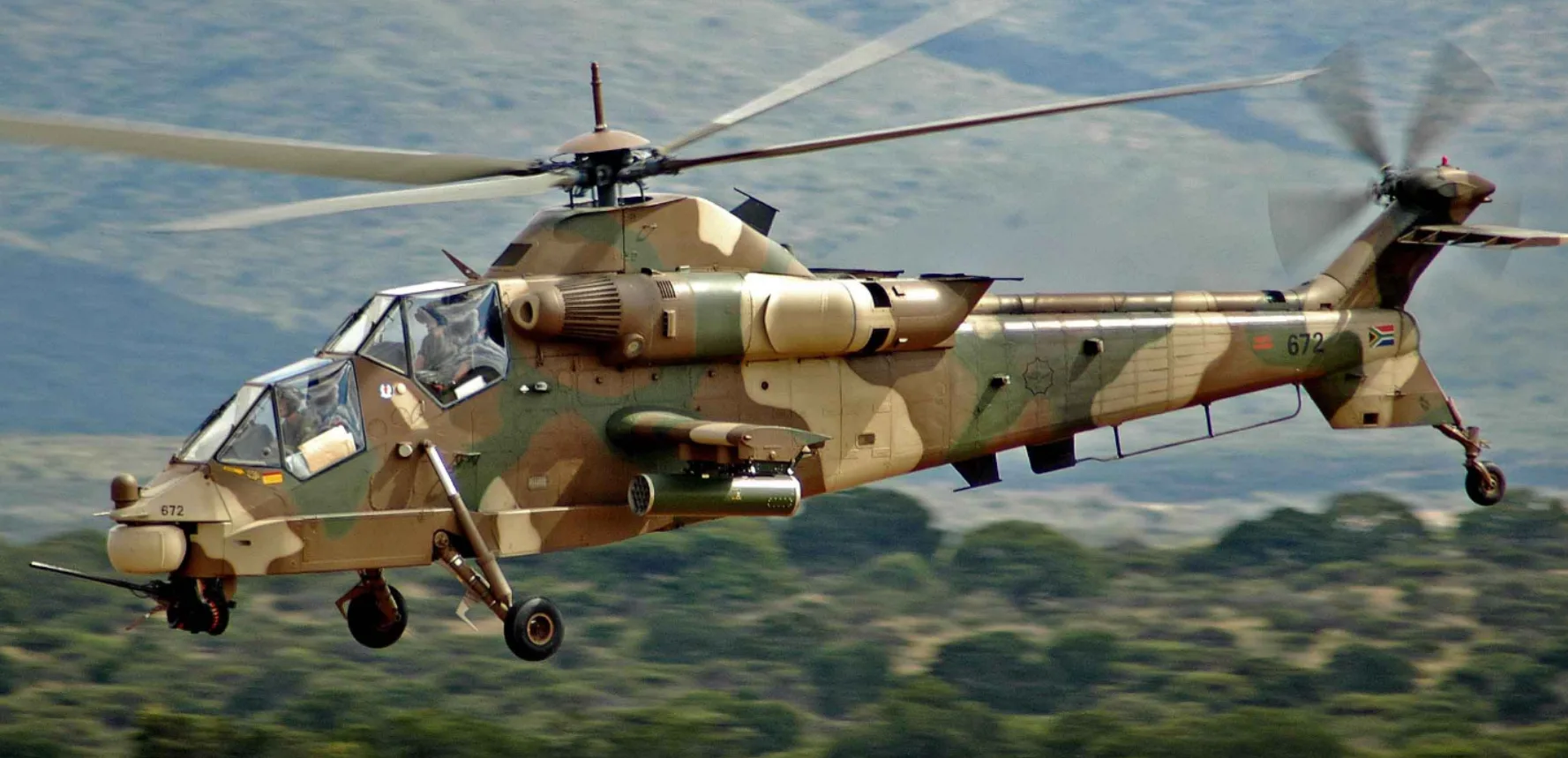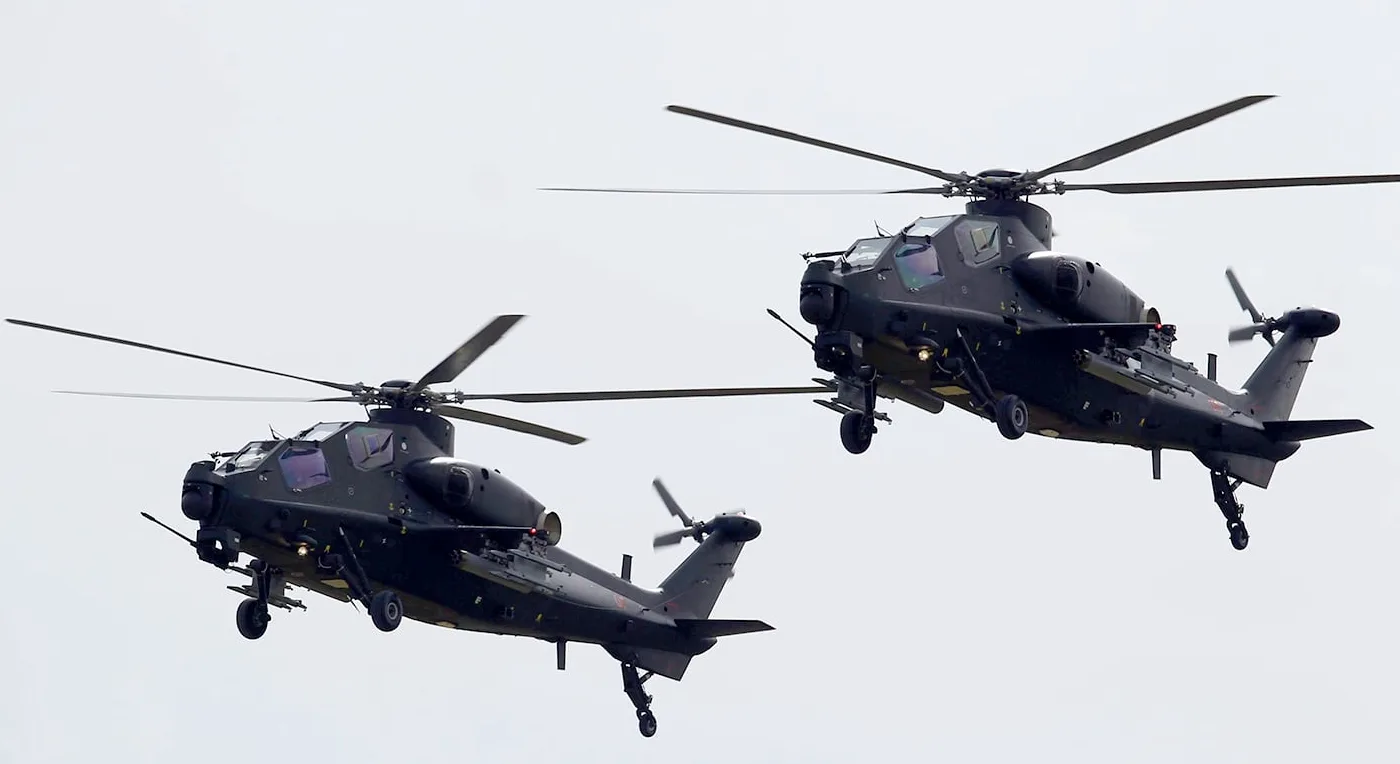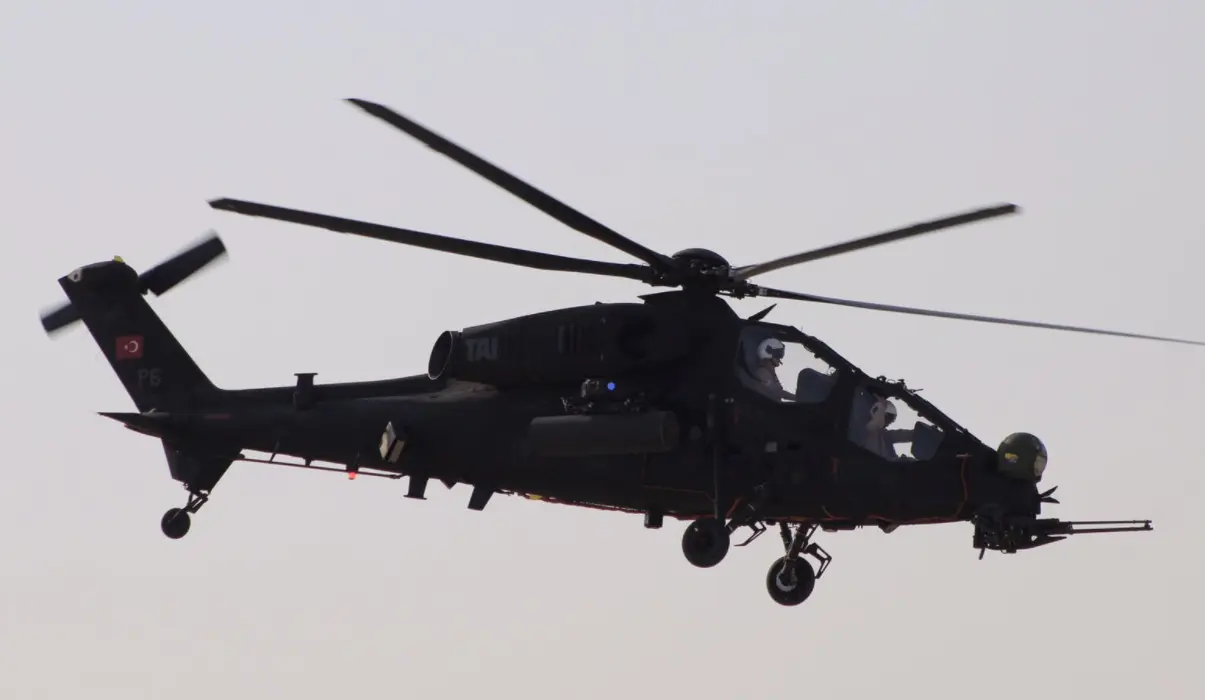2954Views 2Comments

Denel secures Airbus Helicopters’ support for the Rooivalk
Denel Aviation and Airbus Helicopters have signed a memorandum of understanding (MoU) to further develop the Denel Rooivalk attack helicopter platform. The MoU was signed on the second day of African Aerospace and Defence (AAD).
The initial aim of the MoU is to modernize the South African National Defence Force (SANDF)’s existing fleet of 12 Rooivalk Mk1s. Denel Aviation is also hoping to extend Airbus Helicopters’ support towards the proposed Rooivalk Mk2.
In a news release (from AAD), the CEO of Denel Aviation Mike Kgobe said:
“As part of the Rooivalk roadmap we developed, we will launch a market assessment and feasibility study into a modernised version of the Rooivalk incorporating enhanced operational capabilities. Our ultimate objective is to offer a South African product which will provide an attractive solution for potential export customers around the world.”
Denel Aviation has been using AAD as a venue to market about the Rooivalk Mk2, which it is proposing as a solution for the SANDF as well as the global attack helicopter market.
According to Defence Web, Denel estimated that it would require a commitment of at least 75 aircraft at launch in order to make the Mk2’s development feasible. The South African Secretary of Defence Dr. Sam Gulube is hoping to market the Rooivalk Mk2 in Africa as well as to Brazil and India.
Notes, Comments and Analysis:
Denel has been seeking to secure an overseas funding partner to help bring the Rooivalk Mk2 to fruition. In exchange, the partner and launch customer would receive a relatively valuable technology-transfer, co-production and commercial offset package.
With a minimum launch requirement of at least 75 units, it is evident that the SANDF alone cannot support such a program as its operational requirements do not warrant as many attack helicopters. Moreover, there are scarcely few prospective foreign armed forces clients that have the requirement and capacity to commit to several dozen attack helicopters upfront. In this context, the South African government’s eagerness to draw in India and/or Brazil into the program makes sense.
However, India has already committed to the Boeing AH-64E Guardian and Hindustan Aeronautics Limited (HAL) Light Combat Helicopter (LCH) for its attack helicopter requirements. It is worth noting that both the Indian Army and Indian Air Force have committed to these two platforms. Brazil’s uncertain economic outlook renders additional big-ticket acquisitions to be unlikely, at least in the short-term.
That said, Airbus Helicopters’ willingness to engage in the program (which Eurocopter was averse to when it was marketing the Tiger a decade ago) is a promising sign. At the minimum, it is an indication that the supply of the Rooivalk Mk2’s turboshaft, gearbox and other critical components could be guaranteed. In addition, Airbus’ cooperation may extend in terms of configuring the Mk2’s sensor and electronics suite. It is worth noting the Rooivalk (via the turboshaft engine) would share a level of synergy with the H215 Super Puma, which Airbus Helicopters is seeking to market in developing world markets.
A plausible – but unlikely – candidate for the Rooivalk Mk2 could be Pakistan. The Pakistan Army does appear to have an open attack helicopter requirement (which had even resulted in the Turkish Aerospace Industries T-129 being tested in Pakistan in June). However, Pakistan’s increasingly strong ties with Turkey as well as its interest in Russian hardware (e.g. Mi-28NE) may be a difficult barrier for Denel Aviation.



2 Comments
by Qasim57
The tentative performance of the Rooivalk is also a concern. Would S-Africa’s offerings be able to compete in performance with the AH-1Z, Chinese WZ-10, Turkish T-129, or even Russian Mi-28?
Rooivalk’s roadmap seems less promising than all of these other options available to Pakistan.
by Qasim57
That is a matter of opinion. The modern avionics on the AH-1Z, seem to outclass all of these above. Rooivalk is interesting and remarkable for the amount South Africa managed to do for a small sum of money a few decades ago, but alot has changed since then, and it’s modernization program is just a paper proposal at the moment.